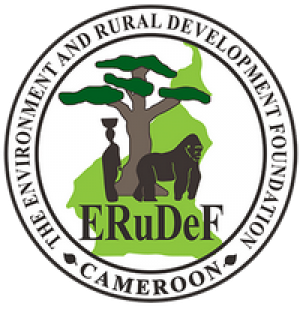[one_third] [/one_third]
[/one_third]
Some 17 Farmers have been schooled on the agroforestry techniques and creation of bare root nursery. This was during a two-day training workshop of March 14 and 15, 2018 at Magha village in Wabane Subdivision, Lebialem Division in the Southwest Region of Cameroon.
According to the Lebialem Agroforestry Coordinator at the Environment and Rural Development Foundation (ERuDeF), Ntungwa Elong, the training falls in line with contributions towards the restoration and conservation of the biodiversity of the Mt. Bamboutos ecosystem, while improving on the living condition of the local populations adjacent to the mountain.
“Both time and space are important management component in agroforestry system. These systems are classified into crops, animals and trees. We plant trees in three ways; alley cropping, live fencing and windbreak. Alley cropping is the planting of strips of green manure trees among field crops. These green manure trees serve a vital role of producing nitrogen rich organic matter. Live Fencing is an animal proof barrier composed of trees and shrubs planted in close spacing around the perimeters of a field. While Windbreak slow the wind at crops level and divert the force of the wind to higher attitude, he even went further to say windbreak minimize damage to vegetable and crops as well as soil erosion. Apart from the training on agroforestry techniques, these farmers were also trained on bare root nursery establishment,” Elong highlighted.
The Agroforestry Coordinator told the farmers that the agroforestry system supports sustainability in two key ways.
“First, agroforestry systems are designed to yield beneficial products that meet the farmer’s needs, and secondly they serve to protect and maintain the production of this system by reducing wind and water erosion, improving the health of the soil and increasing water infiltration,” he added.
During the training on nursery establishment, farmers were skilled on how to prepare their land and sow seeds. This activity was done practically, and at the end of the exercise a group nursery was created with the following tree species: 2 kg of Mahogany, Acacia, Lucaena each and 3 kg of Prunus africana were nursed.
This workshop was organised by the Department of Agroforestry and Agricultural Development at ERuDeF with financial support from PPI5 project for the restoration and conservation of the biodiversity of the Mt. Bamboutos ecosystem.
By Ntungwa Elong
